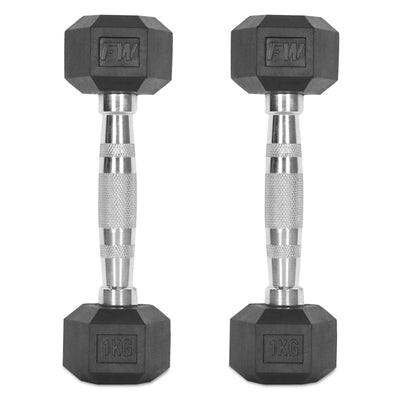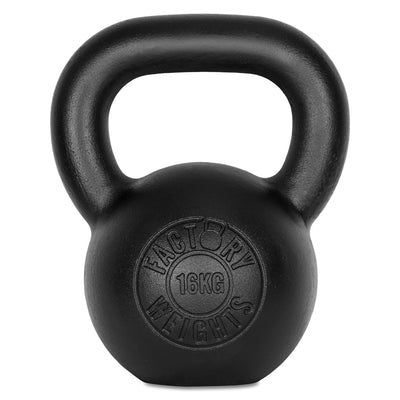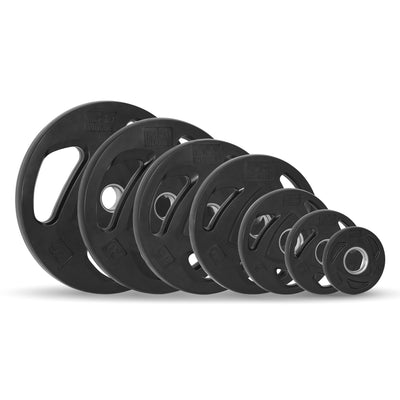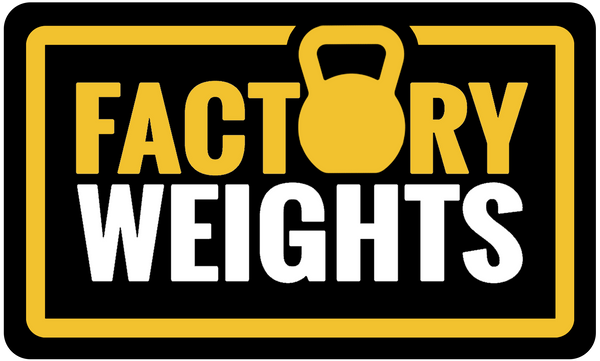Functional Fitness Explained
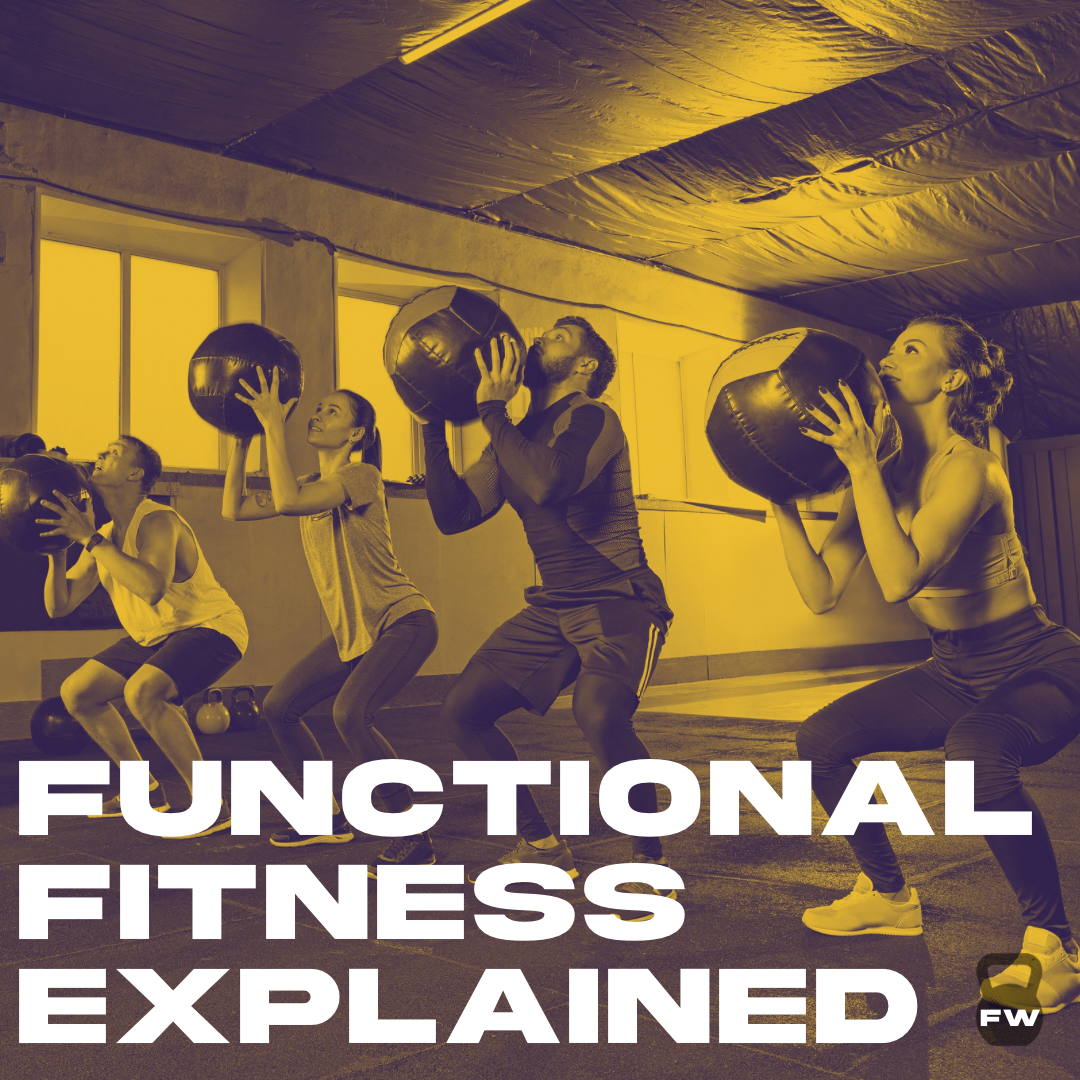
Functional fitness has become a buzzword in the fitness industry, but what does it actually mean? In short, functional fitness is the idea that exercises should be performed in a way that mimic real-life movements and improve one’s ability to perform daily activities.
Functional fitness has its roots in rehabilitation, where exercises were designed to help patients regain mobility and improve their ability to perform daily activities after an injury. This concept has since been adopted by strength trainers and weightlifters, who are interested in improving their overall fitness and athletic performance.
The science behind functional fitness is based on the principle of specificity, which states that the adaptations made by the body in response to exercise are specific to the demands placed upon it. In other words, if you want to get better at running, you need to run. If you want to get better at lifting heavy weights, you need to lift heavy weights.
Functional fitness exercises aim to replicate the movements and muscle activation patterns that are used in everyday activities. For example, a squat is a functional exercise that mimics the movement patterns used when getting up from a chair or lifting heavy objects from the ground. By incorporating these functional exercises into your workout routine, you can improve your overall strength, balance, stability, and mobility.
One of the key benefits of functional fitness is that it can improve your athletic performance. This is because functional exercises target multiple muscle groups and involve movements that are similar to those used in sports and other physical activities. For example, a kettlebell swing is a functional exercise that targets the muscles in your hips, back, and shoulders, which are used in many different sports.
Another benefit of functional fitness is that it can help reduce the risk of injury. By improving your strength, balance, and stability, you are less likely to get injured while performing everyday activities or playing sports. This is because functional exercises help train your body to react and adjust to unexpected movements, making it more resilient to injury.
Functional fitness can also help improve your posture and reduce the risk of chronic pain. Poor posture is a common cause of chronic pain, especially in the neck, back, and shoulders. By incorporating functional exercises into your workout routine, you can improve your posture and reduce the risk of chronic pain.
Functional fitness can also help improve your mental health. Exercise has been shown to have a positive impact on mental health by reducing stress, anxiety, and depression. By incorporating functional exercises into your workout routine, you can improve your mental health and overall well-being.
In conclusion, functional fitness is a concept that has gained popularity in recent years and has many benefits for fitness fanatics, strength trainers, and weightlifters. By incorporating functional exercises into your workout routine, you can improve your athletic performance, reduce the risk of injury, improve your posture, reduce the risk of chronic pain, and improve your mental health
The best gear for functional fitness
When it comes to performing a functional fitness workout at home, there are several pieces of equipment that can be very helpful. Some of the best workout equipment to use include resistance bands, dumbbells, kettlebells, medicine balls, and stability balls. Resistance bands are a great tool for performing bodyweight exercises and targeting specific muscle groups. Dumbbells and kettlebells provide added resistance to traditional bodyweight exercises, allowing you to build strength and increase the intensity of your workout. Medicine balls and stability balls can be used for exercises that focus on balance, stability, and core strength. By using a combination of these different pieces of equipment, you can create a comprehensive functional fitness workout that can be done in the comfort of your own home.
